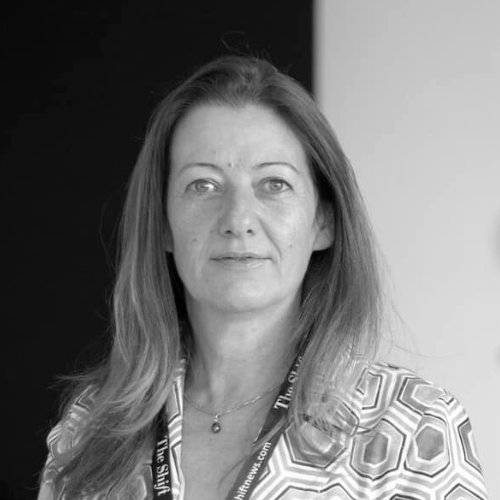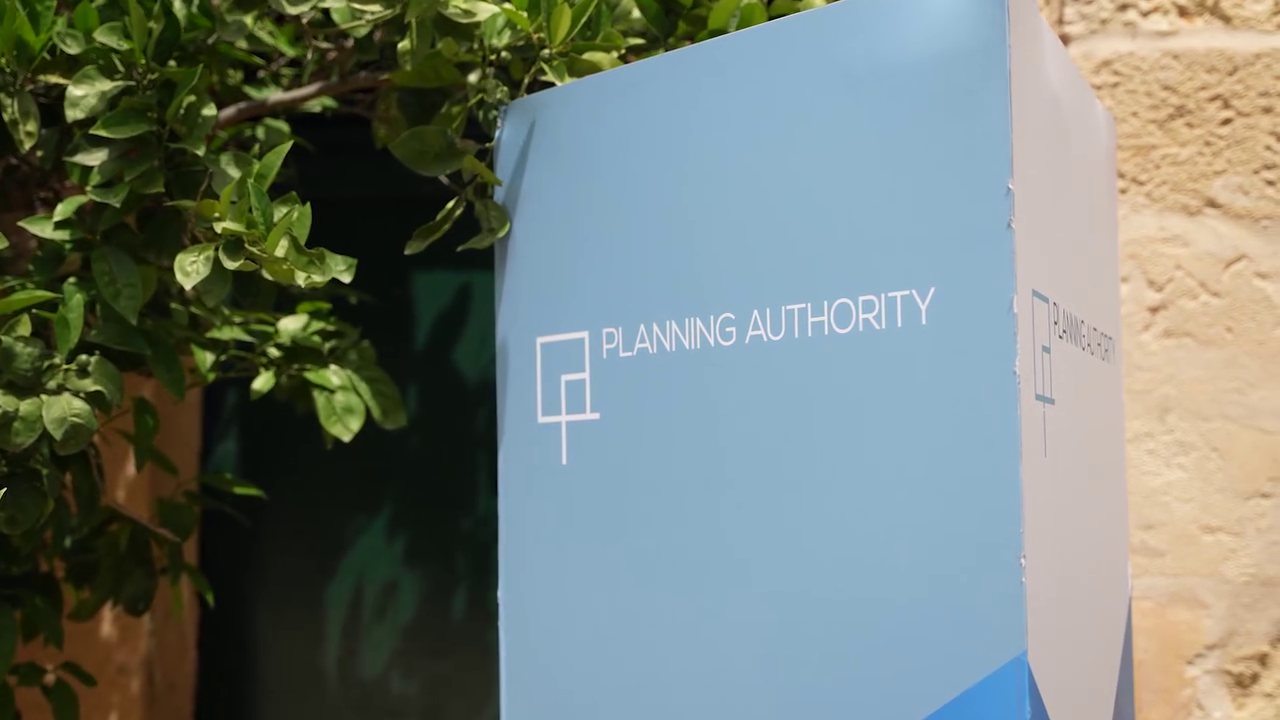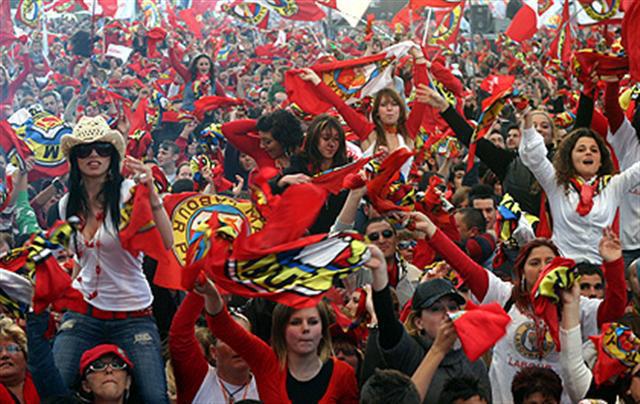The “lack of impartiality”, as defined by our political parties, is often at the centre of public debate about the government’s stranglehold on the country’s public broadcaster. As a result, we tend to overlook the atrocious quality of its output, some of which has been on full display in recent days.
Whether it’s shifting all its current affairs programmes to secondary channels, under-reporting scandals, or gaffes by presenters, standards have long been disregarded at PBS.
However, TVM’s recent coverage of the trial of an ex-police officer accused of raping a former colleague and sexually assaulting another was perhaps the most damning example of what happens when you stuff the public broadcaster with political appointees in a bid to exercise control.
The case concerns a 33-year-old man accused of repeatedly sexually harassing, groping, and twice raping a female officer at the station where they both worked. He is also accused of sexually assaulting a 19-year-old recruit. The man resigned from the force in March 2018, a month before he was charged with rape, unlawful arrest or detention, sexual harassment at work and harassment.
On Monday the former constable was found not guilty of raping a female colleague but guilty of sexually harassing the teenage recruit.
In its coverage of the ongoing trial, last week, TVM’s online portal described what was said in court in such graphic detail that many readers were appalled.
The graphic descriptions, which one TVM editor saw fit to publish, lacked any consideration or sensitivity, added no value to the coverage and seemed to many to be purely gratuitous descriptions intended only to titillate.
Other independent newsrooms covered the trial without the same graphic details, and this did not affect the accuracy of their reports.
Like most things in Malta, this issue did not emerge overnight, it’s simply one that’s repeatedly unaddressed.
The Council of Europe’s first baseline evaluation report by GREVIO, published at the end of 2020 and which recommendations the government has so far failed to implement, found that there are “significant lacunae in the level of training on violence against women imparted to members of the various professions.”
It added that there is “minimal initial training as regards domestic violence, and no initial training concerning other forms of violence against women across all of the professions referred to.” Journalists and other media professionals are among those professions listed.
The GREVIO report noted that while some local reporting guidelines exist, they are limited in scope. For example, the guide for journalists on reporting domestic violence by the Commission for Gender-Based Violence and Domestic Violence (CGBVDV) is one such document.
However, the report adds that “guidelines to journalists addressing other forms of violence against women do not exist”. TVM’s court reporting on Thursday seems to confirm this observation.
Still, even if local guidelines are lacking, there are ample publicly available resources to guide a journalist or an editor if in doubt.
The International Federation of Journalists (IFJ), for example, has a 10-point document guiding journalists on how to write about violence against women, including point two, which says that “good journalists will decide how much graphic detail to include. Too much can be sensationalist and gratuitous; too little can weaken the victim’s case.”
Should that not be detailed enough, the BBC, a state broadcaster, has a set of detailed editorial guidelines on how to work with challenging material, including sexual violence.
GREVIO concludes its observations by highlighting the important role of the media in shaping and changing attitudes towards the status and role of women in society and recommends that the Maltese authorities promote “the development and monitoring of self-regulatory standards and training in those standards in relation to the non-stereotypical and non-sexist portrayal of women in the media, including in the context of reporting on the violence they have suffered”.
Malta’s public broadcaster has a long way to go and we have yet to see any basic, let alone radical proposals put forward to address the overlooked, yet fundamental, issue of Malta’s state media and its lack of contribution towards an informed society.














One can have as many guidelines as one likes to set up, it is the politicians who have to restrain themselves and let the public broadcaster do its work unhindered and uninfluenced.